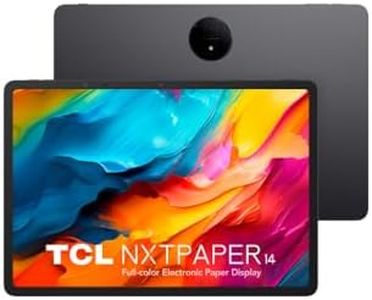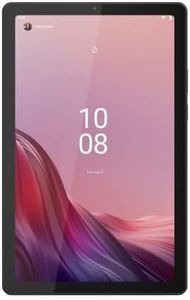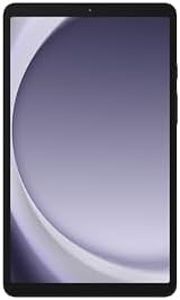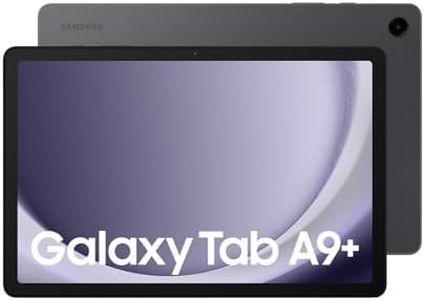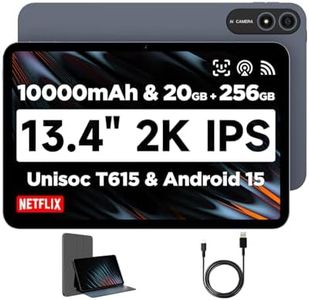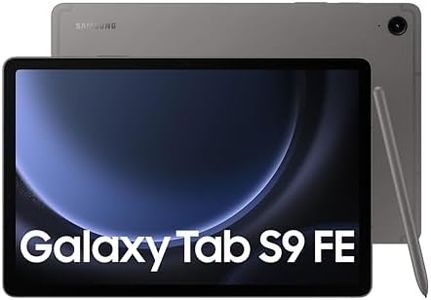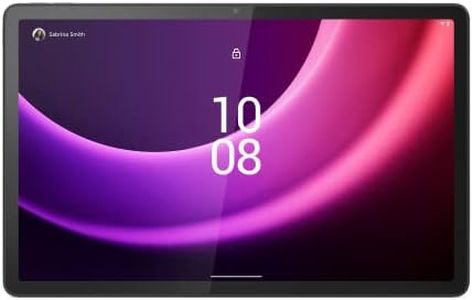We Use CookiesWe use cookies to enhance the security, performance,
functionality and for analytical and promotional activities. By continuing to browse this site you
are agreeing to our privacy policy
10 Best Android Tablets
From leading brands and best sellers available on the web.Buying Guide for the Best Android Tablets
Choosing the right Android tablet can seem tricky given all the options out there, but breaking down your needs is the best place to start. Think about how you'll mostly use the tablet—whether for reading, web browsing, gaming, streaming, working, or a mix of things. From there, it gets much easier to focus on the specs that matter most for your daily use. Always consider how portable you need the device to be, the kind of performance you expect, and whether you want extra features like a stylus or keyboard support. Taking a step-by-step approach will help you find the tablet that truly fits your needs.Screen Size and ResolutionThe screen size tells you how big the display is, usually measured diagonally in inches, while the resolution indicates how sharp and clear the content will look. Larger screens (10 inches and above) are great for movies, drawing, or multitasking, while smaller screens (7-8 inches) are more portable and easier to hold for long reading sessions. Higher resolutions mean text and images look crisper, which makes a difference in activities like streaming HD content or reading fine print. Choose based on how you intend to use the tablet most: go for larger, high-res screens if you want a more immersive or work-friendly device, and opt for smaller screens for portability and simple media or reading tasks.
Processor (CPU)The processor, also called the CPU, is the 'engine' of the tablet. It determines how fast your device feels and how well it can handle demanding tasks like gaming, multitasking, or running graphic-heavy apps. Processors come in different speeds and number of cores. For basic tasks like browsing or e-books, an entry-level processor works fine. If you plan to use your tablet for gaming, creative apps, or lots of multitasking, go for a mid-to-high range processor. Your needs should dictate your choice: light users can save on a simple CPU, while power users will appreciate the extra speed and smoothness of an advanced one.
RAM (Memory)RAM is the memory your tablet uses to run apps and manage multiple functions at once. More RAM means smoother operation, especially when switching between apps or running demanding programs. Basic tablets may have 2-3GB RAM, which is sufficient for casual use like web browsing or streaming. Tablets with 4-6GB RAM are better for people who multitask or use heavier apps, while 8GB or more suits power users and those using professional or creative tools. Match your RAM to your multitasking and app usage habits to avoid lag and ensure a responsive experience.
StorageStorage determines how much content—apps, photos, videos, music—you can keep on your tablet. Tablets can range from 16GB to 256GB or more. If you mainly use cloud storage or stream content, less internal storage is fine. For anyone who downloads lots of apps, takes many photos, or saves videos locally, pick a tablet with larger storage or one that allows for a microSD card to increase capacity later. Your choice depends on how you plan to use the tablet and whether you'll rely on online or offline storage.
Battery LifeBattery life tells you how long the tablet can run on a single charge. This is measured in hours of use, but actual performance varies based on what you're doing. If you travel often or expect to use your tablet away from power sources, longer battery life is important. For mostly at-home use, shorter battery life may not be a big deal. Match your battery needs to your usage habits—heavy travelers and mobile users should prioritize longer battery times.
Operating System and UpdatesAndroid tablets may come with different versions of the operating system, and some devices get updates more regularly than others. Newer OS versions offer better security, features, and compatibility. It’s important to consider how up-to-date the tablet’s software is and whether it is likely to get regular updates. If you want the latest features and security patches, choose a model known for good software support. This is especially important if you keep your device for several years.
Camera QualityMost tablets come with front and rear cameras for photos, video calls, or scanning documents. Camera quality varies—generally, higher megapixels and features like autofocus make for better pictures. If you just need to video chat or scan documents, a basic camera is enough. Those who expect to take lots of photos or use the tablet for video calling in professional settings may want a more advanced camera setup. Think about your camera habits before prioritizing this spec.
Connectivity (Wi-Fi, Cellular, Bluetooth)Connectivity covers how the tablet links to networks and other devices: Wi-Fi is standard, but some tablets offer cellular (4G/5G) for internet access on the go, which is useful if you need connectivity outside home or office. Bluetooth is common for connecting accessories like headphones. If you’re at home or always near Wi-Fi, a Wi-Fi-only model is fine. If you travel a lot or need constant internet access, consider one with cellular capability.
Build Quality and Extra FeaturesBuild quality includes the materials used (plastic, metal, glass), how sturdy the tablet is, and extras like water resistance. Other special features might include stylus support, fingerprint sensors, or keyboard attachments. If you'll carry your tablet everywhere or want it to last, sturdier builds are better. If creative use or note-taking is important, look for stylus support. Match extra features to how you'll actually use the tablet each day.
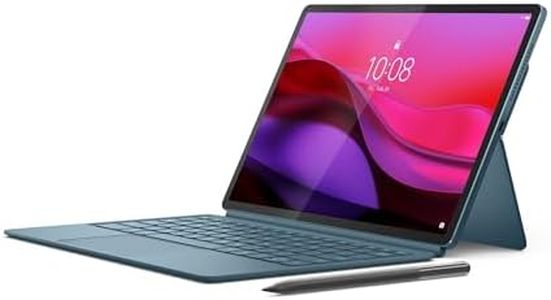
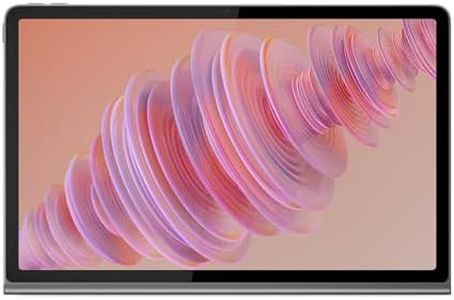
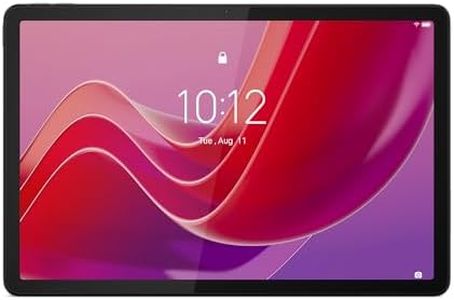
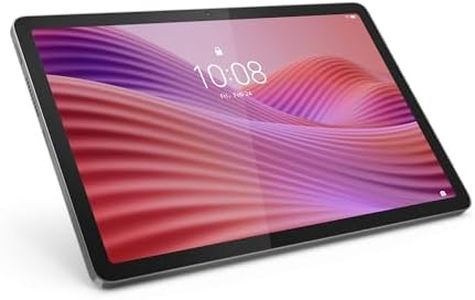
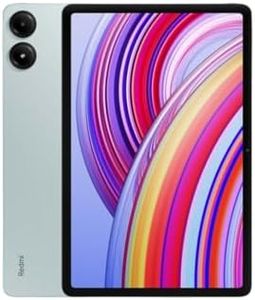
![[2025 New Android 15] 10.1 inch Tablet by BNCF, FHD IPS 1920x1200 and 60Hz Reflex Tablet, Widevine L1, Unisoc T615 (8 Core), 12GB+128GB(1TB TF), 4G LTE+2.4G/5G WiFi+BT5.0+GPS, 5MP Camera, 6500mAh](https://images-proxy.bestreviews.guide/Gn5qObIJSR8rWDg_7-NLTiAeW5A=/0x300/https://m.media-amazon.com/images/I/41cE+3RANFL._AC_CX679_.jpg)
